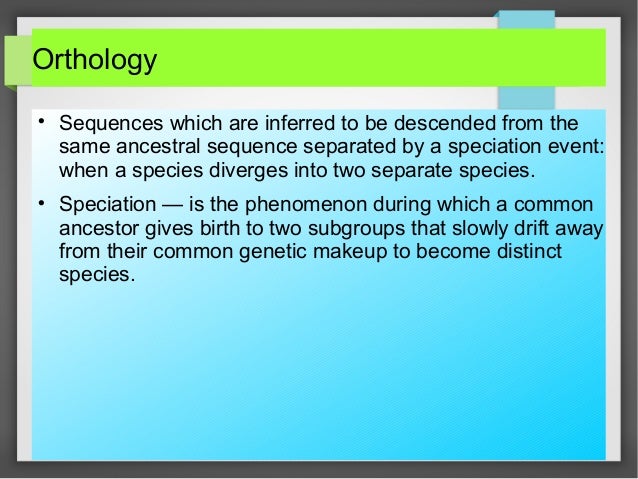

Fibonacci Sequenceįibonacci sequence is a sequence where every term is the sum of the last two preceding terms.Įxample: A pair of rabbits do not reproduce in their 1st month. The sequence 1, 8, 27, 64, and so on is a cube number sequence. Cube Number SequenceĪ cube number sequence is a sequence that is obtained from a pattern forming cubes. The sequence 1, 4, 9, 16, and so on is a square number sequence. Square Number SequenceĪ square number sequence is a sequence that is obtained from a pattern forming squares. The sequence 1, 3, 6, 10, and so on is a triangular number sequence. Triangular Number SequenceĪ triangular number sequence is a sequence that is obtained from a pattern forming equilateral triangles. , which is a harmonic sequence as their reciprocals 1, 2, 3. So, taking reciprocals of each term, we get 1, 1/2, 1/3. Harmonic SequenceĪ harmonic sequence is a sequence obtained by taking the reciprocal of the terms of an arithmetic sequence.Įxample: We know that the sequence of natural numbers is an arithmetic sequence. Hence, it is a geometric sequence with common ratio 4. Įxample: Consider an example of geometric sequence: 1, 4, 16, 64. The terms of the geometric sequence are of the form a, ar, ar 2. This ratio is called the " common ratio". Take a look at the figure below.Ī geometric sequence is a sequence where every term bears a constant ratio to its preceding term. is a quadratic sequence because their second differences are the same. But if the first differences are NOT the same, and instead, the second differences are the same, then the sequence is known as a quadratic sequence.Įxample: The sequence 1, 2, 4, 7, 11. We have already seen that if the differences (referred to as first differences) between every two successive terms are the same, then it is called an arithmetic sequence (which is also known as a linear sequence). This fixed number is called a common difference. The succeeding terms are obtained by adding a fixed number, that is, $3. So, the amount in her piggy bank follows the pattern of $30, $33, $36, and so on. She increased the amount on her each successive birthday by $3. Įxample: Mushi put $30 in her piggy bank when she was 7 years old. The terms of the arithmetic sequence are of the form a, a+d, a+2d. Arithmetic SequenceĪn arithmetic sequence is a sequence of numbers in which each successive term is a sum of its preceding term and a fixed number. We will discuss these sequences in detail. and this sequence does not belong to any of the following sequences. is a sequence in which the numbers can be written as 1 3 + 1, 2 3 + 1, 3 3 + 1, 4 3 + 1. Apart from these, there can be sequences that follow some other pattern. As the second main result, by passing to counting measure, we take the corresponding sequence spaces, and for both spaces we get large classes of closed, bounded and convex subsets satisfying the fixed point property for nonexpansive mappings as a Goebel and Kuczumow analogy after noting that in $\ell^1$ Goebel and Kuczumow found a large class with the fixed point property for nonexpansive mappings.There are a few special sequences like arithmetic sequence, geometric sequence, Fibonacci sequence, harmonic sequence, triangular number sequence, square number sequence, and cube number sequence. Then, as an important result, for both function spaces we show that they fail the weak fixed point property for isometries and even for contractions. In fact, the Köthe-Toeplitz dual is contained in $\ell^1$, the corresponding function space contains Lebesgue space, the Banach space of Lebesgue integrable functions on $$, $L_1$ but for the degenerate Lorentz space and its corresponding function space, this is reversed completely. Moreover, we consider another generalized space which is a degenerate Lorentz space because the spaces we consider are somehow related in terms of their construction. In this study, first we discuss the fixed point property for these spaces and for the corresponding function space of the Köthe-Toeplitz dual. Later, various authors generalized these new spaces, especially the one introduced by Orhan. Both works used difference operator and investigated the Köthe-Toeplitz dual for the new Banach spaces they introduced.

Then, in 1983, Orhan introduced Cesaro difference sequence spaces. In 1981, Kızmaz defined difference sequence spaces for $$. In 1970, Cesaro sequence spaces was introduced by Shiue.


 0 kommentar(er)
0 kommentar(er)
